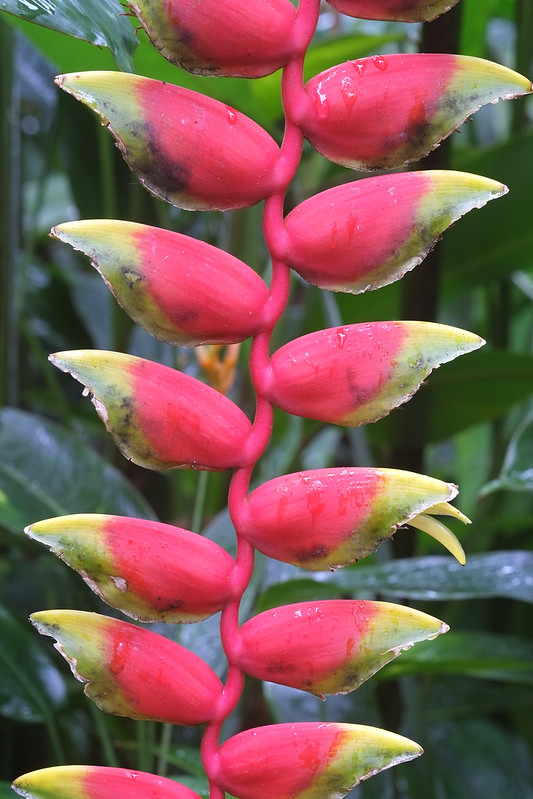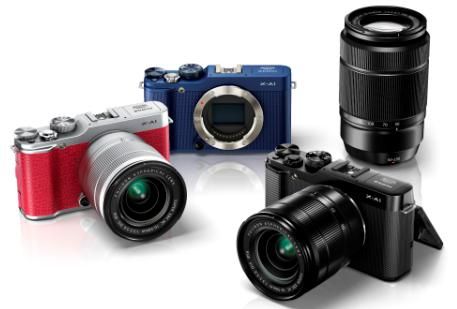by Rico Pfirstinger
Talk to Rico (open forum for questions & feedback) – Rico’s Flickr sets – RAW converter comparison Flickr set (private set, must use this link) – Mastering the Fujifilm X-Pro1 reading samples (65 free pages)
Hello, again! Remember me?
It’s been a while, but to my defense, I have been busy finishing my new book Mastering the Fujifilm X-E1 and X-Pro1. It went to the printer yesterday (it will be printed in the U.S.A), and it’s expected to hit the stores by the end of October. You can preorder it by clicking here (currently with a 30% discount).
Of course, there’ll also be an eBook version for Kindle, iBooks and the likes. I’ll try to prepare a new set of reading samples for one of the next editions of this column. One will feature a first look at Fuji’s new X-A1 entry-level system camera (I have been testing a pre-production camera for several weeks), another one a look at the XF23mmF1.4 R lens that has just been officially announced (I am currently testing a pre-production sample).
As for this X-Pert Corner edition, it appears like I am promising you an “ultimate” RAW converter shootout, but of course, that’s just stupid marketing blah to lure you in. I was told that this kind of language attracts readers (hey, it worked on you, didn’t it?), and by the way, did I mention that the DSLR is dead and that Fuji is the new Leica?
Relax! Just kidding! ;)
What I am really going to do in this column is offering you a humble comparison of eight different X-Trans compatible RAW converters with respect to critical detail rendering at higher sharpening levels. My goal was to use AccuRaw 1.1.1, Aperture 3.4.5 with Apple Camera Raw 4.0.8, Capture One Pro 7.1.3, Iridient Developer 2.2, Lightroom 5.2RC, RPP 64 4.7.1, Silkypix 5.0.45 and the internal RAW converter of an X-Pro1 to extract as much detail as possible from two proven RAW sample files, then presenting the results without telling you which sample was made with which converter. This means that you’ll have to drop your preconceptions. Just look at the files without a safety net of hearsay! Spooky, huh?
Let flowers speak!
Enough introductory talk, let’s have a look at the first demo file:

By clicking here, you will get to a private Flickr set showing you eight different renderings of this image, labeled DSCF0544-1 to DSCF0544-8, displaying the results from RAW converters 1 to 8, respectively. I didn’t care about matching colors, contrast and the likes (you can change those anytime and anywhere to your personal taste). Instead, I focused on revealing as much sharp detail as possible, so for some of you, the results may look a tad too sharp. That’s intentional, as weaknesses tend to reveal themselves at critical sharpening levels (think “watercolor effect”).
Here’s how it goes: Look at the samples 1 to 8, then vote in the poll below for the one you like the most. I did my best to set each RAW converter to maximum effect with respect to revealing as much detail as possible, but hey, I’m only human (aka not Ken Rockwell). That’s why you’ll also find links to the original RAW files in Flickr’s image descriptions. Go ahead, knock yourselves out and do a better job with the RAW converter of your choosing!
Poll for DSCF0544-1 to DSCF0544-8:

Loading ...
Personally, I think it’s interesting to not only see how differently the RAW converters are rendering the overall image, but also how different parts of the image reveal quite different levels of fine detail depending on which converter the file was processed with. If you click on the “original size” versions of the samples in Flickr, you will get 100% magnification views in lossless JPEG format, so prepare yourself for extended loading times. Many files are 20 MB+ in size. Yay!
Green is mean!
Our second sample is a particularly tough one, as it contains foliage and grass in all shapes and sizes. It’s a genuine X-Trans nightmare. I love it!



